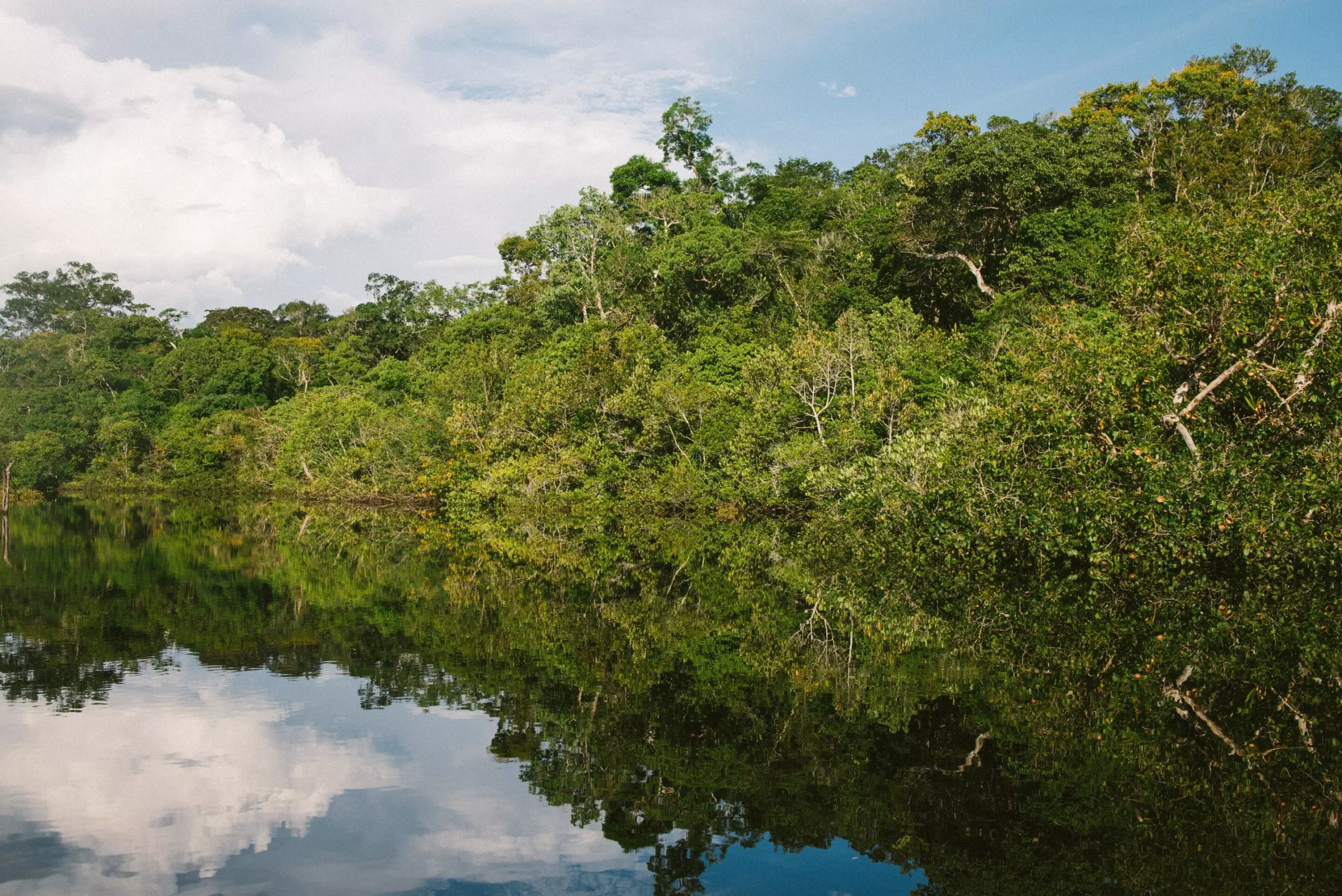Uncontrolled wildfires in the Brazilian Amazon are posing a significant threat to the region’s environmental gains. Despite efforts to decrease deforestation, an international team of scientists is raising the alarm about the alarming increase in wildfires. In a letter published in Nature Ecology & Evolution, researchers from the University of East Anglia (UEA), the University of South Alabama, Michigan State University, the National Institute for Space Research in Brazil, and other institutions warn about the detrimental effects of these wildfires on one of the world’s most critical carbon sinks and a region of high biological and cultural diversity.
In June 2023, the number of active fires in the Amazon reached its highest peak since 2007. The total fire counts for the first half of 2023 were 10% higher than in the previous year. Driven by climate change, the rise in drought and extreme heat has primed the forests to burn more frequently. Additionally, deforestation and the expansion of agriculture have weakened the resilience of the region’s forests, making them more susceptible to drought. Consequently, wildfires have become increasingly common in the Brazilian Amazon, disrupting the ecosystem and threatening its biodiversity.
Previous spikes in fire counts were closely associated with widespread deforestation, which is a primary source of fire and a strong predictor of burned areas. However, deforestation rates have been declining in 2023, indicating progress in environmental conservation. Between January and July, deforestation alerts were 42% lower compared to the same period in 2022. The closure of major illegal mining operations and improved enforcement of environmental laws have contributed to these positive developments, particularly in the Yanomami territory. However, the increased fire counts, despite reduced deforestation, suggest a decoupling of forest fires from deforestation.
The researchers identify several factors that may be contributing to the escalating number of wildfires. The 2023 El Niño has resulted in hotter and drier climate conditions, which have historically been associated with increased fire incidence. The weakened enforcement of environmental laws under President Bolsonaro has allowed for a lag effect of the deforestation boom. Forest areas that were mechanically felled in recent years are now becoming dry enough to burn. Additionally, landholders may be burning pastures earlier in the dry season in anticipation of a fire moratorium later in the year. These complex drivers require nuanced scientific research and management actions to mitigate the risk of “runaway” forest fires and degradation.
Prioritizing Equitable Fire Governance
Effective and equitable fire governance is essential to avoid marginalizing forest-dependent peoples and to prevent further damage to the ecosystem. Indigenous groups have historically used fire as part of their traditional agriculture, but the current situation is driven by large-scale actors, climate change, and forest fragmentation. The blame often falls on these traditional communities, despite their heavy dependence on the forest’s resources. It is crucial to identify ways to manage these fires to protect the territories of forest-dependent peoples and develop fire policies that consider their unique needs.
The alarming increase in wildfires demands strong, equitable, and coordinated international efforts to tackle this growing threat. While Brazil recently convened an Amazon summit to address sustainable development and forest preservation, the resulting commitments fell short of achieving zero deforestation by 2030 or significantly reducing forest fire frequency. However, the summit did establish an alliance against deforestation and recognized the importance of Indigenous Peoples and traditional local communities. It also introduced a scientific body to produce evidence-based solutions specific to the Amazon. Cooperation between Brazil, other Amazon nations, and the international community is essential to advance research and governance for fire-safe land management while curbing forest loss and transitioning to a sustainable bioeconomy that benefits all stakeholders in the Amazon.


Leave a Reply